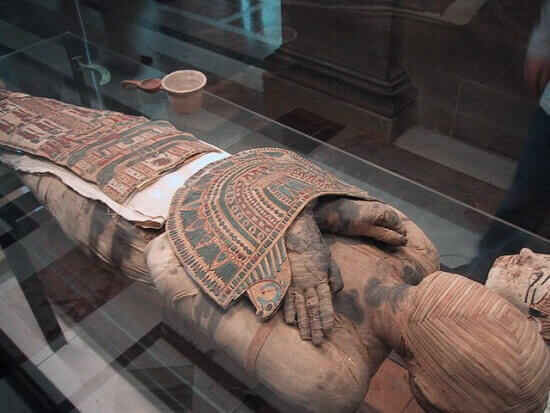
For years, we have been mesmerized by mummy discoveries and the unmasking of the ancient Egyptian civilization that still remains a mystery today. Museum visits usually showcase evidence of the unique burial ritual, offering some level of insight to a tradition that has puzzled and intrigued many in the academic world.
How Mummification Began
When considering the details involved with the mummification process and the purposes for it, there are still several questions that remain unanswered. However, there are some truths that are agreed upon by those that have studied this ancient tradition. Concerned with preserving the body for the afterlife, Egyptians insisted that the body remain intact, and be dried out to ensure that these ends were met.
It’s believed that the practice was initiated due to the discovery of bodies that had been buried in the desert and had dried out. In noticing this, the Egyptians began facilitating the drying process with blends of salts and herbs.
Kings were adorned in jeweled burial masks that still have incredible value today. Unfortunately, this let to the looting of several tombs that contained artifacts whose whereabouts are still unknown today.
The Famous King Tut and the Legendary Curse
In 1922, the discovery of King Tutankhamen’s tomb sparked global media frenzy. King Tut (as he is commonly called) was a young king whose remains were uncovered by Howard Carter and George Herbert. Rumors swirled in the coming years regarding the “Curse of the Pharaohs” which were fueled by the untimely deaths of many men who were among the first to enter the tomb at the time of its discovery. However, later research showed that nothing seemed out of the ordinary and it has now become an interesting side note to an incredible archeological find.
The Discovery of Mummies Sparked an Academic Revolution!
In the 19th century (1800s), mummies were being unwrapped to massive crowds in museums across Europe. Because of this enthusiasm, “Egyptology” became a very popular field for budding scientists. Through these studies, scientific advancements continued, and in 1896, X-rays were utilized to get a clearer picture of the body within the wrapping without needing to completely dismantle the mummy itself!
The late 1900’s brought the study of Egyptian mummies to another level, as DNA was taken from the body itself, and incredible insight was delivered regarding the history and lineage of the various samples. Through this information, a better understanding was gained regarding migration trends and various diseases that may have affected the region. Further, the ability to accurately assume the individual cause of death allowed many historians to verify or debunk ancient stories or texts. In essence, we have a window into the past!
There are still many questions regarding the practice of mummification in ancient Egypt, but understanding their beliefs in the afterlife and the expectation of “living again” offers quite a bit of information. Finding food and at times servants buried with the deceased shows that these ideas were not passing thoughts, but instead, a deep seeded belief, which can explain more than we’d ever imagine about this incredible interesting and influential culture.

Leave a Reply